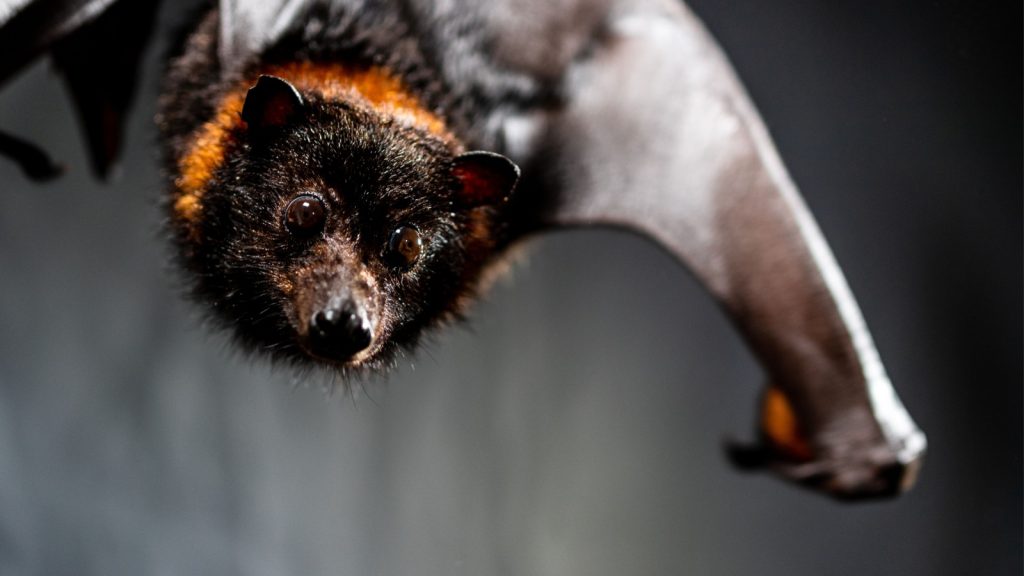For reasons I don’t really understand, bats have a bad reputation. So many people are terrified of them, but I don’t get it. They’re useful, incredible little creatures. In fact, somehow, one got stuck inside my home a few months back – a little pipistrelle bat. And one of my dogs found it the next morning. The poor little bat was utterly terrified, but also too weak and stressed to help itself. So I picked it up, moved it to a quiet location, and, because it didn’t perk up quick enough for my liking, later that day I took it to a local wildlife rehab center.
Bats may have a spooky reputation, but they are truly remarkable animals that play crucial roles in our ecosystems and daily lives. From pollinating our favorite fruits to devouring pesky insects, bats are the unsung heroes of the natural world. They’re not weird or dirty or creepy. They’re remarkable little creatures that are just misunderstood, thanks to their portrayal in popular culture.
1. Bats Are Found Almost Everywhere on Earth
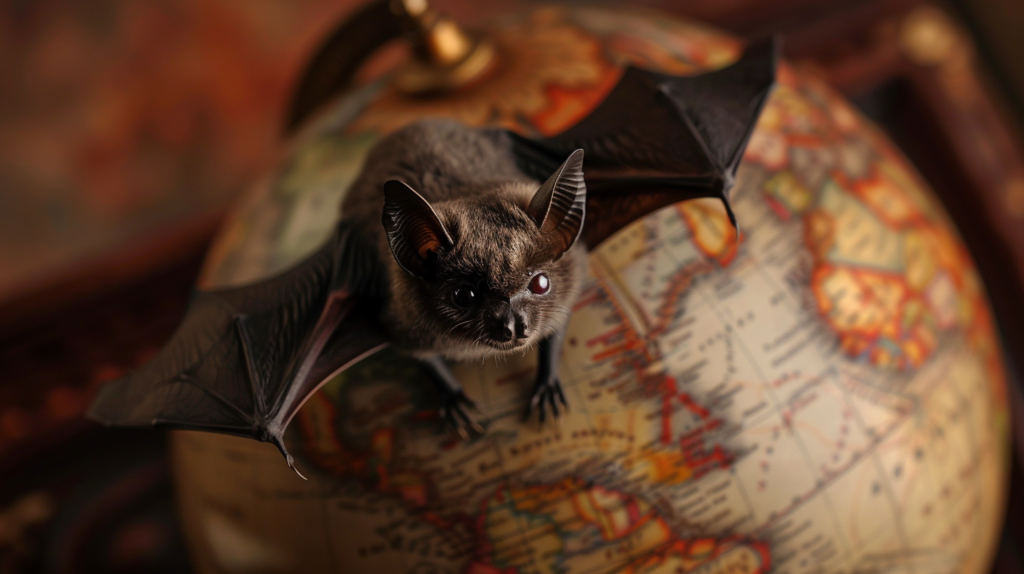
Did you know that there are over 1,400 species of bats worldwide? These amazing animals can be found on nearly every part of the planet, except in extreme deserts and polar regions. Bats are found almost everywhere on Earth!
2. Bats Come in a Wide Range of Sizes
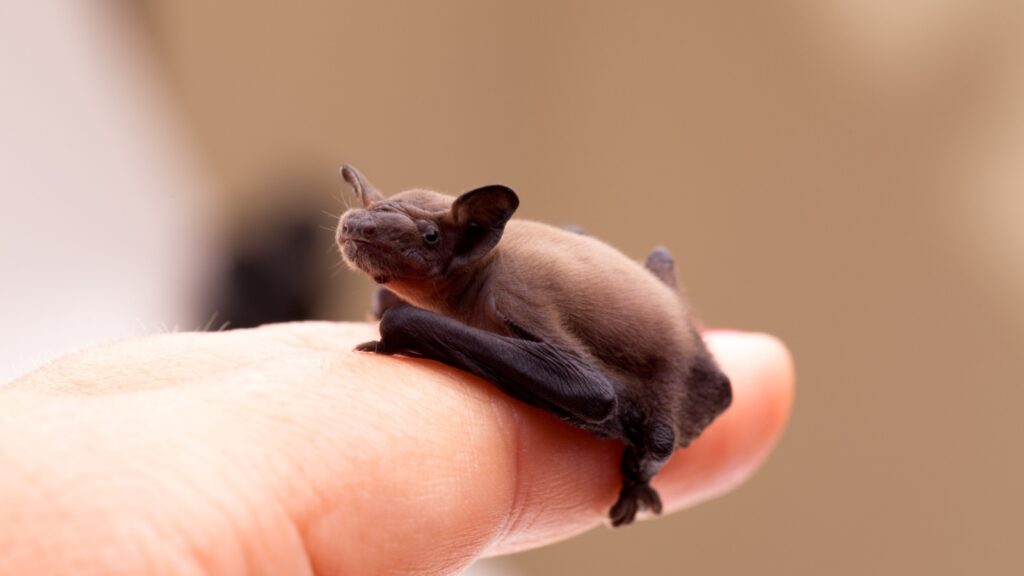
The diversity of bat species is truly impressive, with sizes ranging from the tiny Kitti’s hog-nosed bat (also known as the Bumblebee Bat), which weighs less than a penny, to the massive flying foxes, which can have a wingspan of up to 6 feet.
3. There Are a Lot of Bats
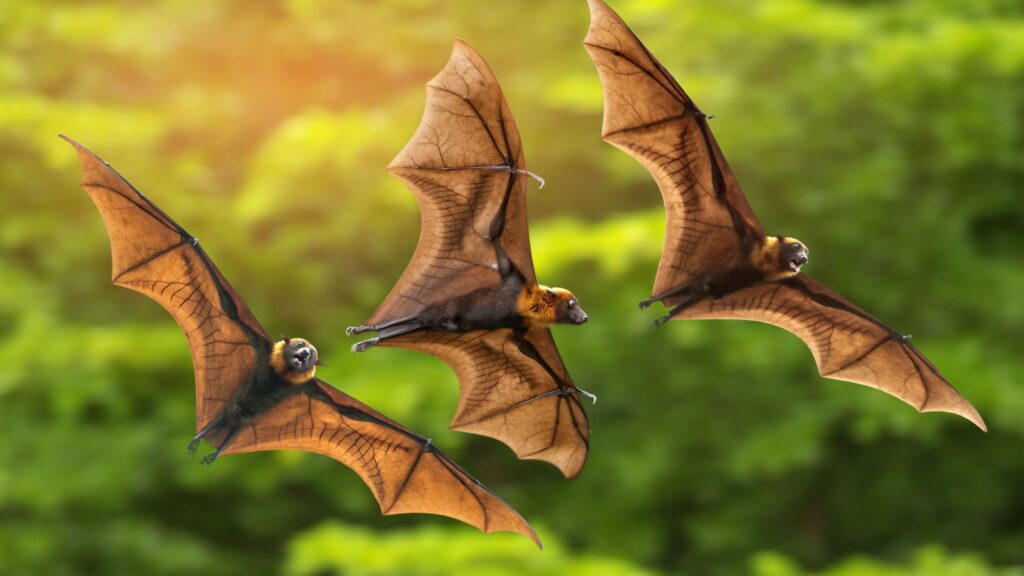
Bats (order Chiroptera) and rodents (order Rodentia) together account for a significant portion of mammalian diversity. Bats make up about 20% of all classified mammal species worldwide, with over 1,400 species. This makes them the second-largest order of mammals, surpassed only by rodents.
The order Chiroptera is divided into two suborders: Megachiroptera (megabats) and Microchiroptera (microbats). Megabats, also known as fruit bats or flying foxes, have well-developed vision and primarily feed on fruit and nectar. In contrast, microbats are characterized by their use of echolocation for navigation and their diets, which consist mainly of insects and, in some cases, blood.
4. Bats Face Serious Threats from Disease
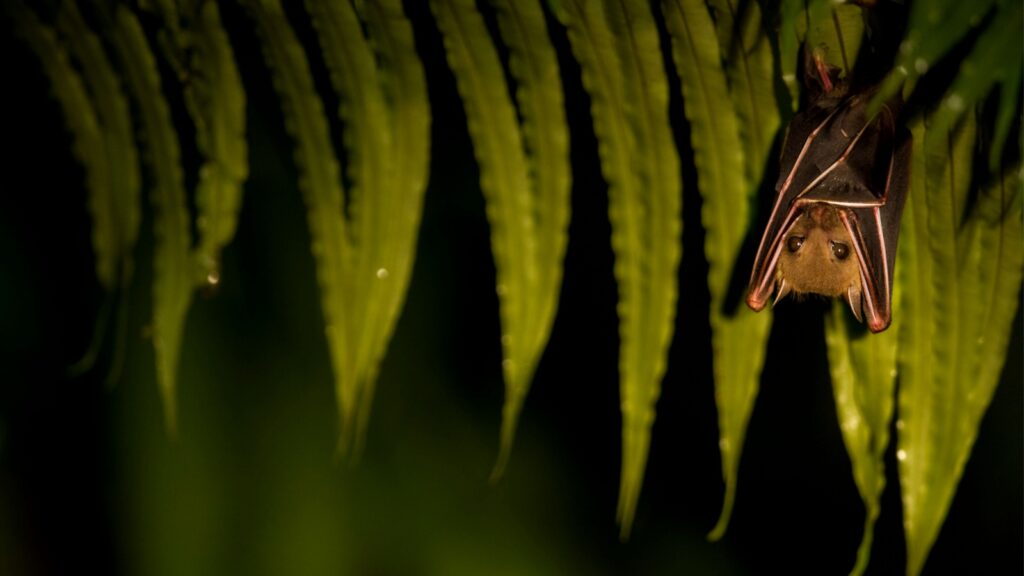
Despite having few natural predators, bats are facing a major threat from diseases like white-nose syndrome. This deadly fungal disease affects hibernating bats and has been detected in 37 states and seven Canadian provinces. White-nose syndrome has killed over 90% of certain bat populations in fewer than 10 years, making it a serious concern for bat conservation efforts.
5. Bats Conserve Energy by Hanging Upside Down
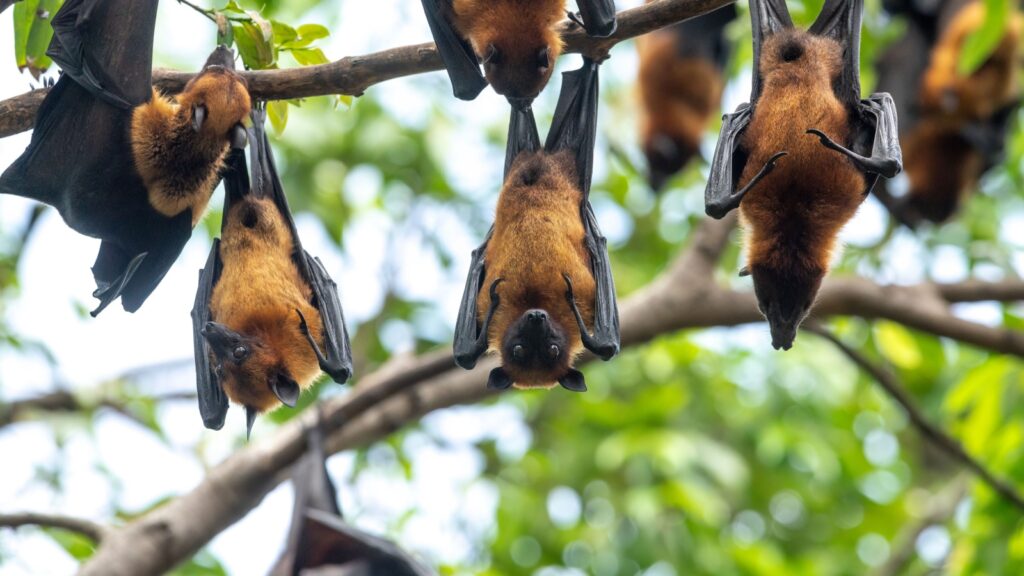
Bats have evolved to hang upside down for extended periods, a unique adaptation that helps them conserve energy. It is believed that the ancestor of modern bats developed claws for hanging to wait for insects to come up the tree, leading to this distinctive roosting position.
Hanging upside down requires little to no energy expenditure for bats, thanks to the lightweight structure of their leg muscles and bones, which have been optimized for flight. In contrast, standing upright would require them to actively work against gravity, consuming more energy. By hanging upside down, bats can rest and conserve energy efficiently, making it an advantageous adaptation for their lifestyle.
6. Bats Are Insect-Eating Machines
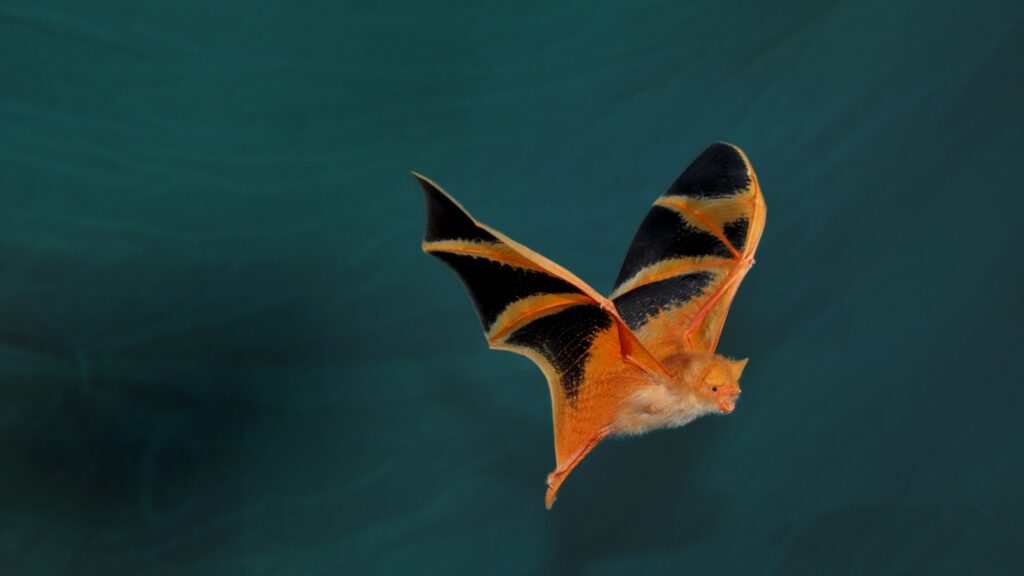
Night insects have the most to fear from bats. Each night, bats can eat their body weight in insects, numbering in the thousands! This insect-heavy diet helps foresters and farmers protect their crops from pests. The endangered Indiana bat, which weighs about three pennies, can consume up to half its bulk every evening, making it an efficient pest control agent.
7. Bats Have Belly Buttons Too
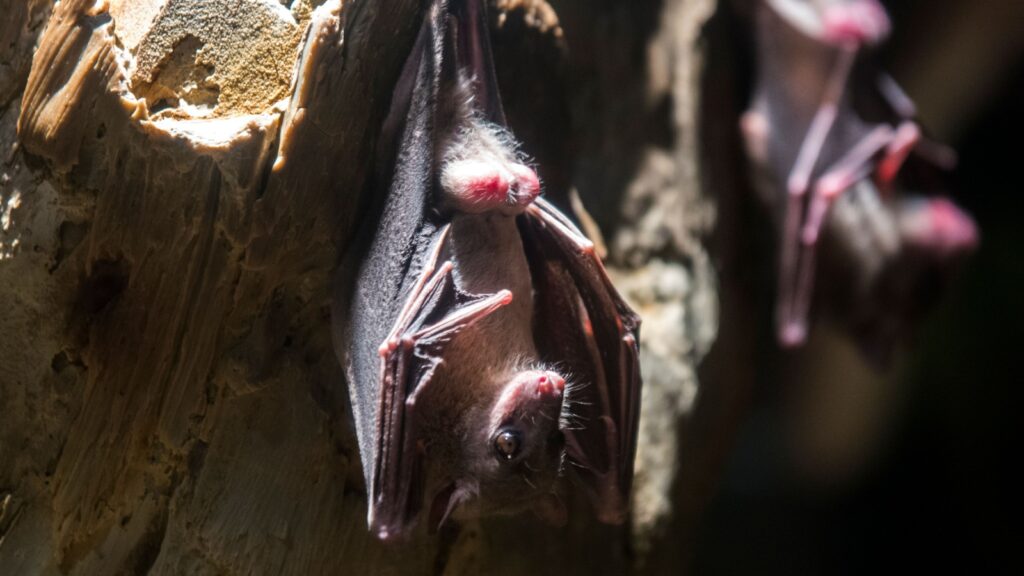
Just like humans, bats have belly buttons due to the attachment of the umbilical cord during development. With a few exceptions, nearly all mammals have navels, and bats are no different. So the next time you see a bat, you might wonder: Is it an innie or an outie?
8. Bats Are Speedy Fliers
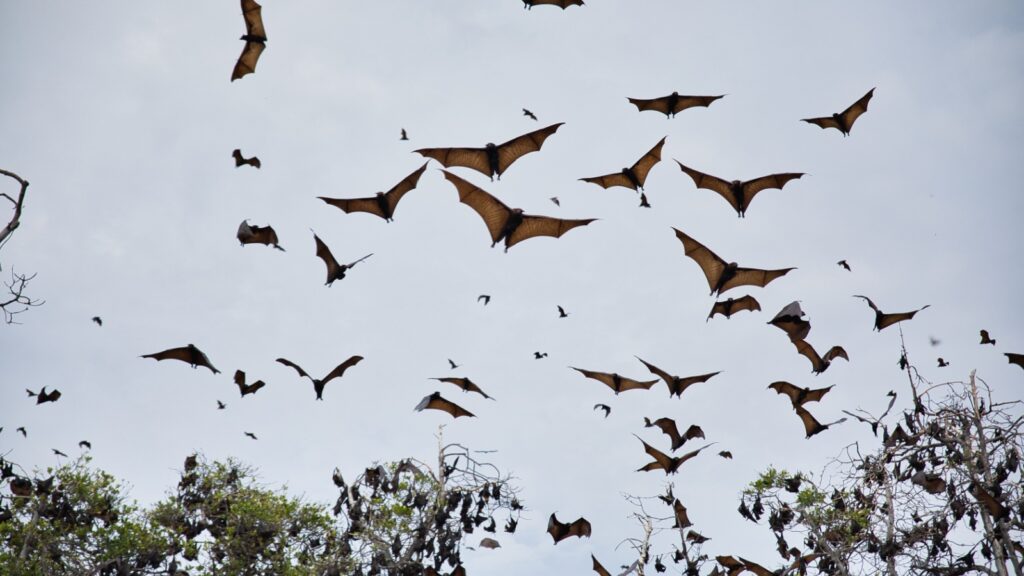
Bats may be small, but they’re fast little creatures. The speed at which a bat flies depends on the species, but recent research suggests that some bats can reach speeds over 100 miles per hour. Mexican free-tailed bats, for example, can fly at speeds up to 100 mph, making them one of the fastest mammals on Earth.
9. Bats Are Record-Breaking Survivors
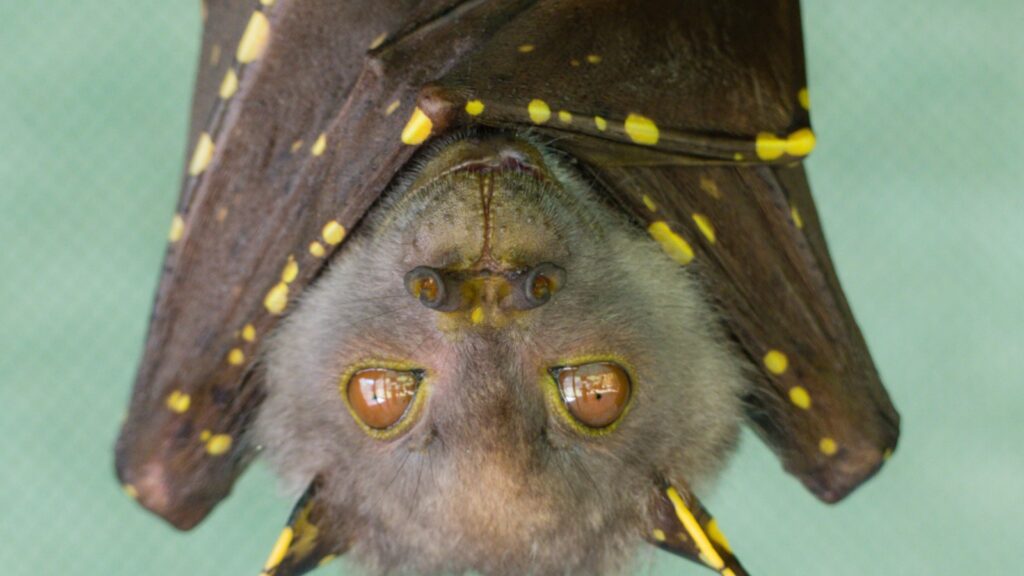
Bats are known for their incredible longevity, defying the rule that smaller animals have shorter lifespans. Although most bats live less than 20 years in the wild, scientists have documented six species that live more than 30 years. In 2005, a male Brandt’s bat (Myotis brandtii) from Siberia set the world record for bat longevity at 41 years old, despite weighing only about 7 grams.
10. Bats Are Meticulous Groomers
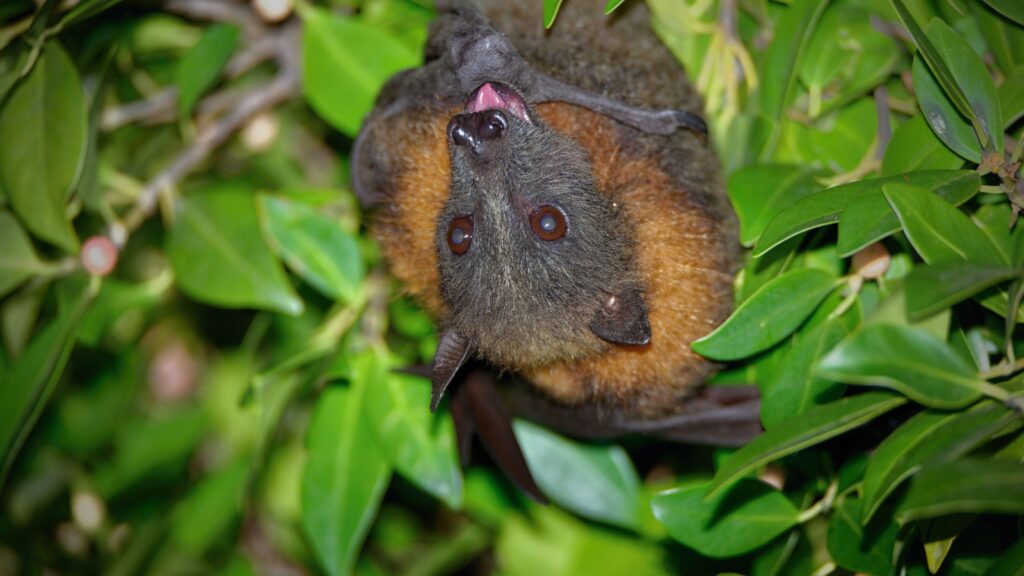
Far from being dirty, bats spend a lot of time grooming themselves, much like cats. Some species, like the Colonial bat, even engage in mutual grooming. This meticulous cleaning helps keep their fur sleek and aids in controlling parasites, ensuring they maintain a clean and healthy appearance.
11. Baby Bats Are Called Pups
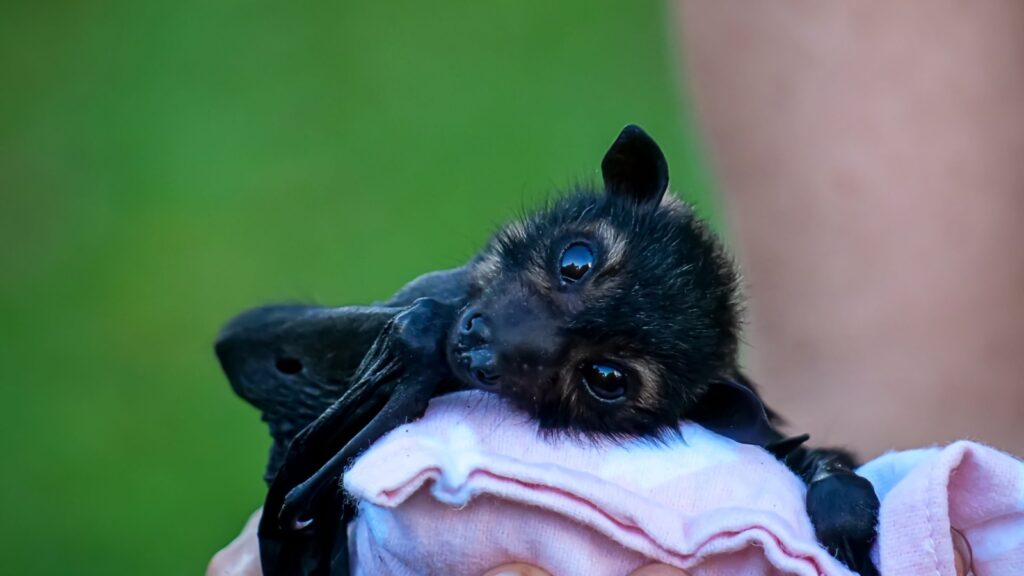
Just like dogs, baby bats are called pups, and a group of bats is known as a colony. Mother bats feed their pups breastmilk, not insects, and most species give birth to a single pup at a time. The eastern red bat is an exception, as it commonly has twins. To raise their young, mother bats form nursery colonies in spring, seeking shelter in caves, dead trees, and rock crevices.
12. Bats Inspire Medical Advances
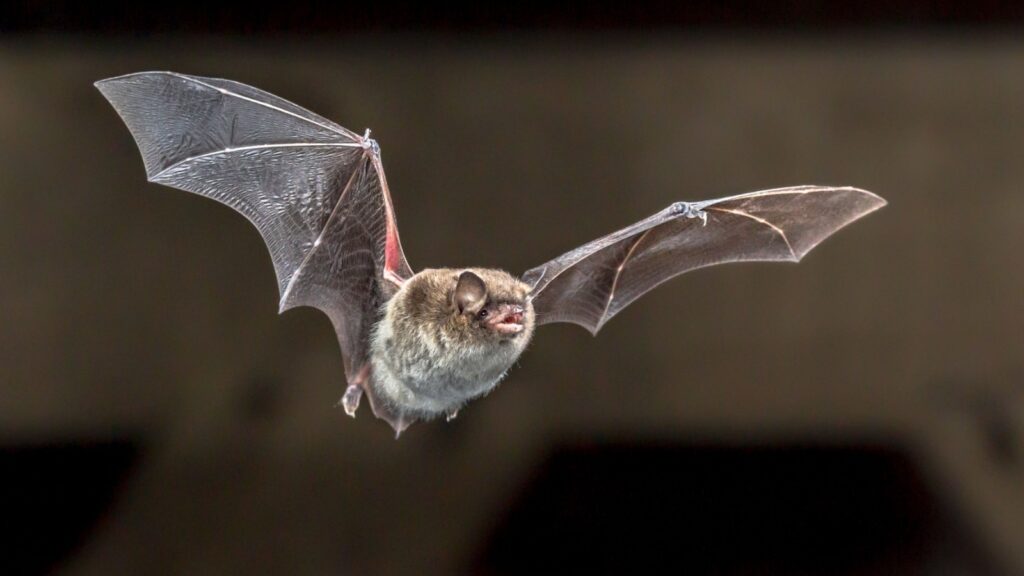
Bats play a crucial role in the development of medicine, as about 80 medicines come from plants that rely on bats for survival. Additionally, studying how bats use echolocation has helped scientists develop navigational aids for the blind. Research on bats has also led to advances in vaccine development, showcasing their importance in the medical field.
13. Bats Are the Only True Flying Mammals
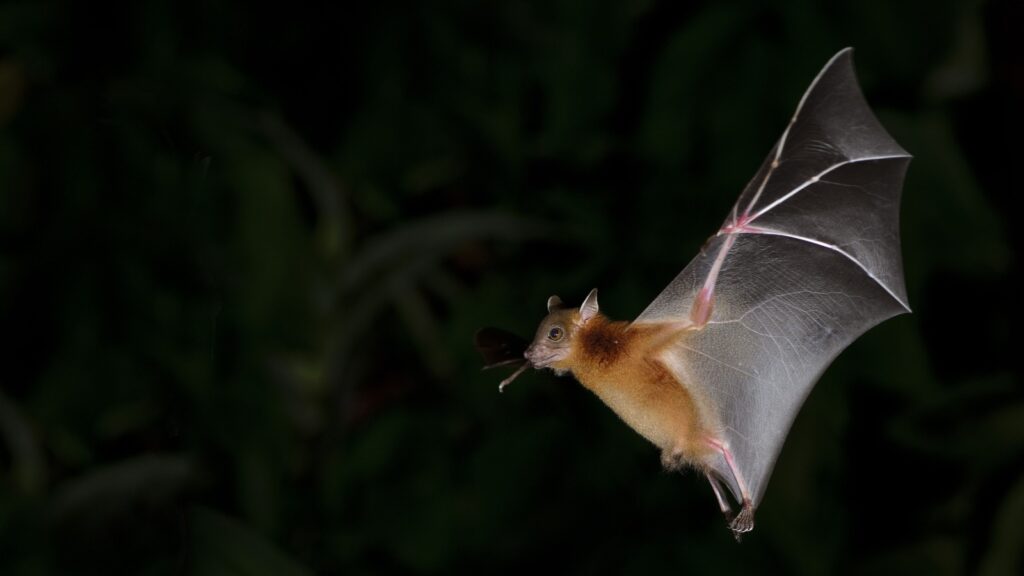
While flying squirrels can only glide for short distances, bats are the only mammals capable of true powered flight. A bat’s wing resembles a modified human hand, with thin, flexible skin membrane stretched between each long finger bone and many movable joints, making them agile fliers. This unique adaptation allows bats to navigate complex environments and catch prey on the wing.
14. Not All Bats Hibernate
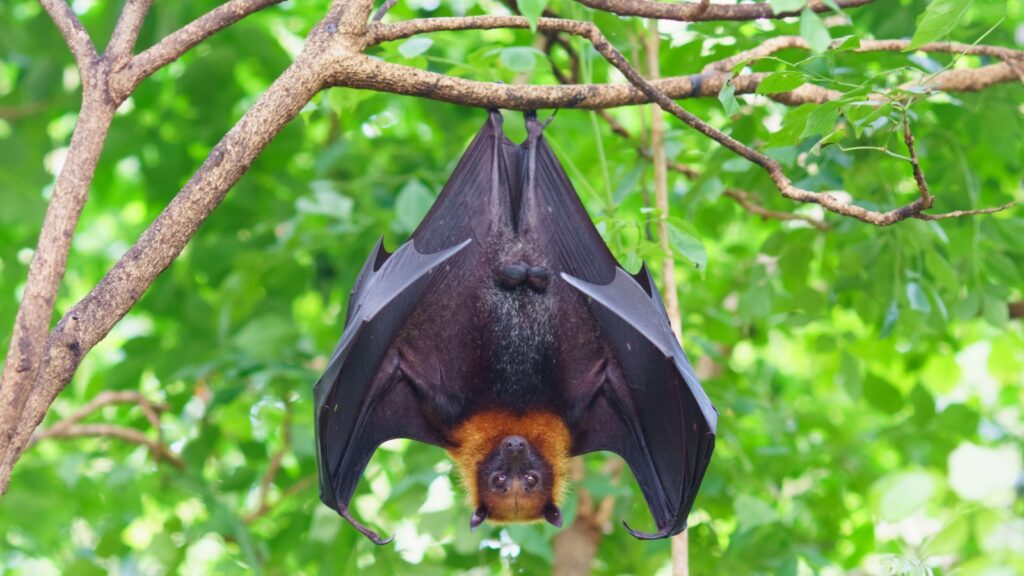
While many people associate bats with hibernation, not all bat species spend their winter in caves. Some bats, like the spotted bat, survive by migrating to warmer areas in search of food when the weather gets chilly. This adaptation allows them to thrive in different environments and find the resources they need to survive.
15. Bats Are Essential Pollinators and Seed Dispersers
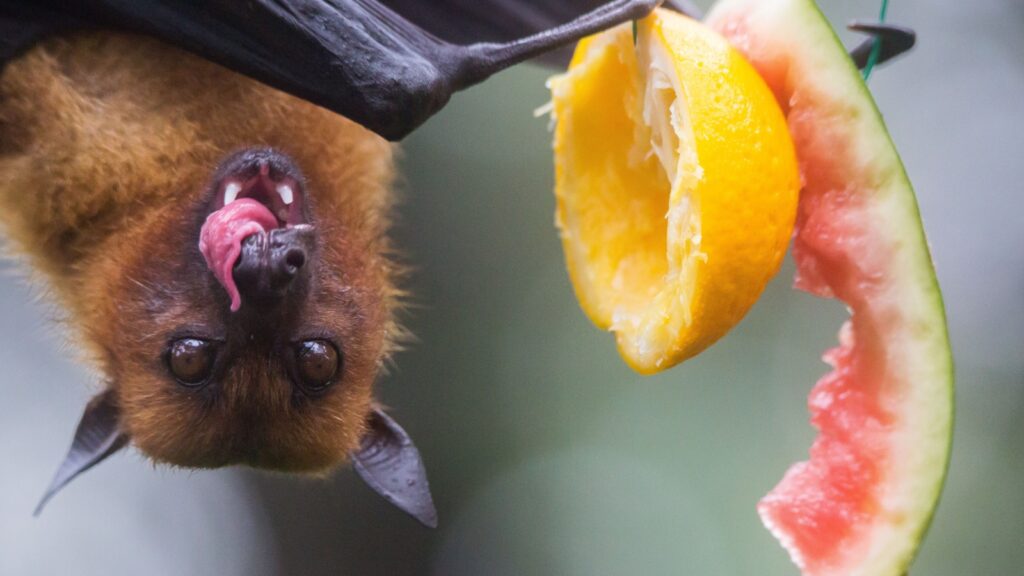
Over 300 species of fruit depend on bats for pollination, including some of our favorite treats like bananas, avocados, and mangoes. Bats also help spread seeds for nuts, figs, and cacao, the main ingredient in chocolate. Fruit-eating bats play important roles in distributing seeds to maintain plants and forests. Without bats, we wouldn’t have iconic plants like agave or the saguaro cactus. The lesser long-nosed bat, for example, can hover at flowers like a hummingbird, using its 3-inch-long tongue to feed on nectar in desert environments.
16. Bats Can Eat Up to 1,000 Mosquitoes Per Hour
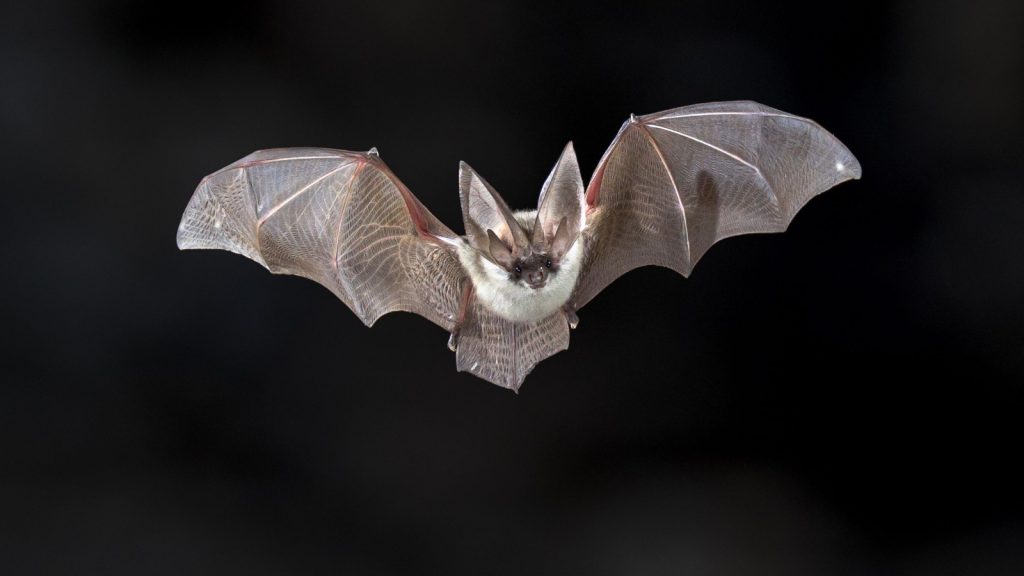
Bats are incredibly efficient insect predators. Some species can eat up to 1,000 mosquitoes in just one hour, making them valuable for controlling pest populations and reducing the spread of mosquito-borne diseases.
17. Some Bats Hibernate for Months
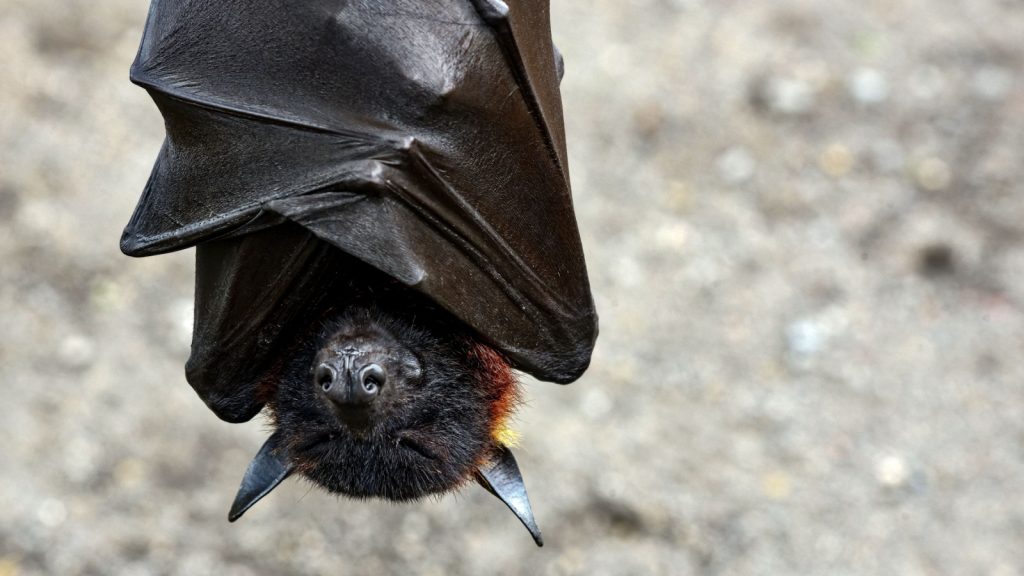
While not all bats hibernate, those that do can hibernate for up to six months. During hibernation, their body temperature drops, and their heart rate slows significantly to conserve energy during the cold winter months.
18. Bats Have Remarkable Memory
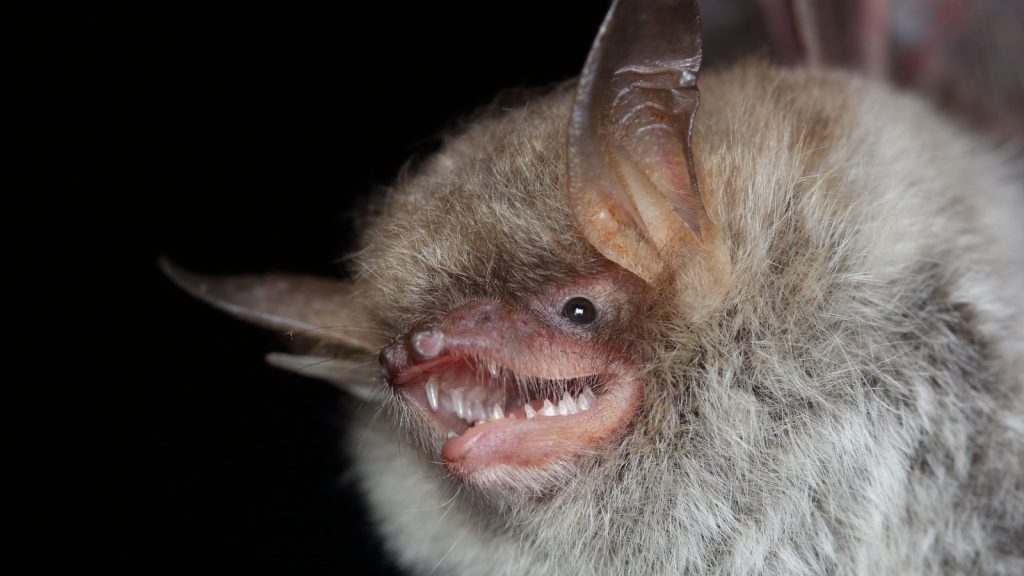
Bats have excellent spatial memory, which helps them navigate and remember where food sources and roosting sites are located. This ability is crucial for their survival, especially for species that travel long distances.
Katy Willis is a writer, master herbalist, master gardener, and certified canine nutritionist who has been writing since 2002. She’s finds joy in learning new and interesting things, and finds history, science, and nature endlessly fascinating.
